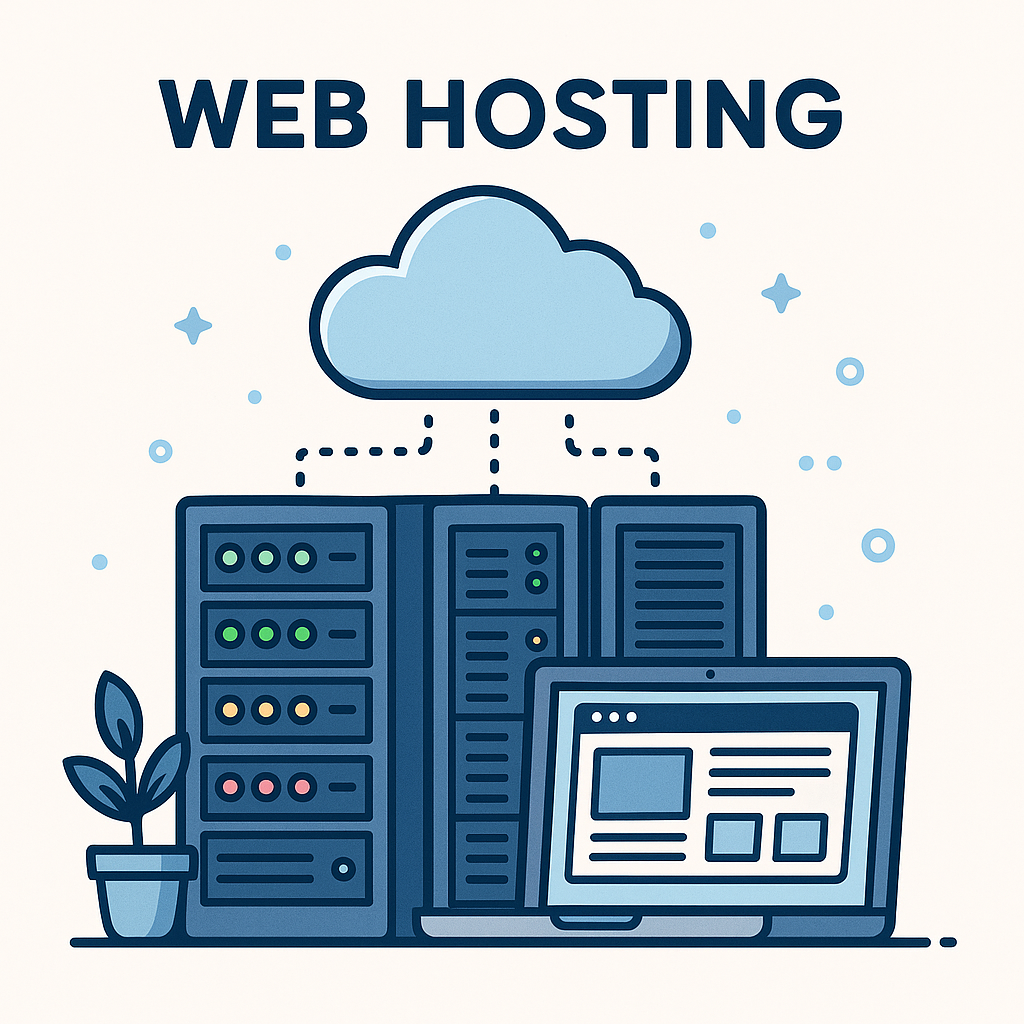WordPress Hosting cPanel Tutorial: to have wordpress site up in minutes.
If your WordPress hosting plan comes with cPanel, you have access to a powerful dashboard that helps you manage everything from files and databases to backups and security — all in one place.
In this tutorial, we’ll walk you through the most common tasks you’ll need to know as a WordPress site owner using cPanel.
✅ What is cPanel?
cPanel is a web-based control panel that helps you manage your web hosting account. Most shared hosting providers (like Bluehost, HostGator, and A2 Hosting) offer it by default.
You can access cPanel by:
- Logging into your hosting account
- Finding a link labeled “cPanel” or “Dashboard”
- Or directly via
yourdomain.com/cpanel
📘 1. Install WordPress Using cPanel
If your host didn’t pre-install WordPress:
- Login to cPanel
- Scroll to “Software” section and click Softaculous Apps Installer or WordPress Installer
- Click Install
- Choose your domain (e.g.,
example.com) - Fill in site name, admin username, and password
- Click Install at the bottom
🎉 Done! You can now access WordPress at yourdomain.com/wp-admin.
🗂️ 2. Manage Files with File Manager
If you need to upload, delete, or edit files:
- In cPanel, go to File Manager
- Navigate to
/public_html/– this is your site’s root directory - Use the Upload, Edit, or Delete options as needed
⚠️ Be cautious when editing files like wp-config.php or .htaccess.
🛡️ 3. Create Backups of Your WordPress Site
It’s important to regularly back up your website:
- Go to Files → Backup
- Click Download a Full Website Backup
- Choose your backup destination (Home Directory is fine)
- Click Generate Backup
You’ll be notified when the backup is ready to download.
💽 4. Manage WordPress Databases (phpMyAdmin)
To manually manage or export your WordPress database:
- Go to Databases → phpMyAdmin
- Select your WordPress database (usually named like
wp123_abc) - Use the Export tab to create a
.sqlbackup - Or the Import tab to restore from one
🧠 Advanced users can edit tables like wp_users or wp_options here.
📥 5. Create and Manage Email Accounts
- Go to Email Accounts
- Click Create
- Choose a username (e.g.,
admin@yourdomain.com) - Set a strong password and mailbox size
- Click Create
You can access mail via Webmail or set up forwarding/filters.
🔐 6. Install Free SSL Certificate
- In cPanel, find SSL/TLS or Let’s Encrypt SSL
- Select your domain
- Click Install
Make sure your WordPress site is set to use https:// in Settings → General.
🛠️ 7. Common Maintenance Tasks
| Task | Tool in cPanel |
|---|---|
| Increase PHP Memory Limit | MultiPHP INI Editor |
| View Error Logs | Errors / Metrics section |
| Block IPs | IP Blocker |
| Password-Protect folders | Directory Privacy |
| Add redirects | Redirects under Domains |
🧭 Bonus: Quick cPanel Tips
- Bookmark your cPanel URL for easy access
- Never share your cPanel password
- Regularly update your WordPress, plugins, and themes
- Don’t install unnecessary plugins—they can slow down your site
🧱 Conclusion
cPanel gives you a powerful, centralized way to manage your WordPress site. From installing WordPress to backups and email, this dashboard covers all the basics — no coding required.
If you want a printable or downloadable version of this guide, let me know — I can convert it into a PDF for you. Or, I can help you create a WordPress blog post with formatting and screenshots!
